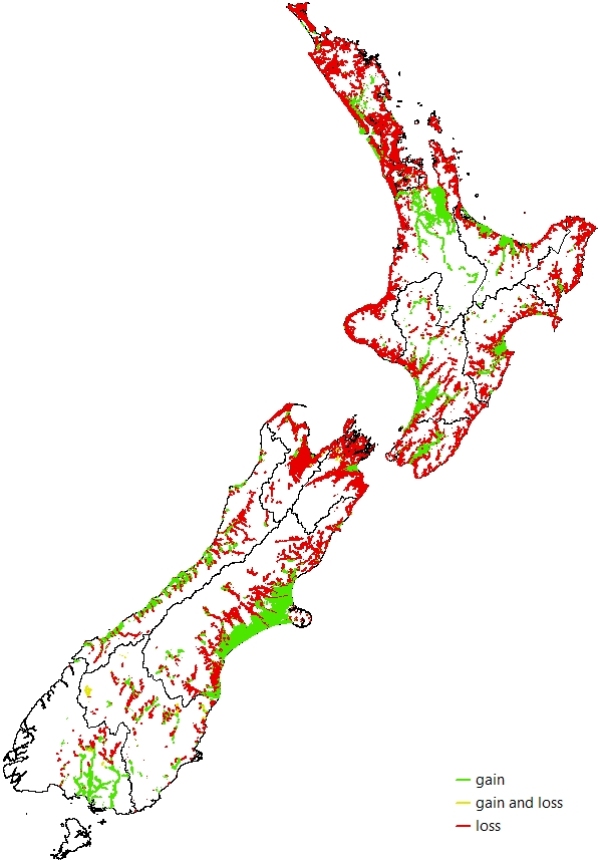Many of NZ’s lowland rivers and streams are closely connected with the underlying groundwater.
Such rivers are characterised by reaches that lose some flow to groundwater and/or gain flow from groundwater. Knowing the location and seasonal dynamics of these losses and gains is crucial for supporting robust water allocation decisions and understanding nutrient delivery processes to waterways.
We’ve developed a statistical model to predict and classify losing and/or gaining river reaches across the country utilising expert knowledge from regional council science staff and a suite of catchment characteristics, including climate, soil and hydrogeological information. After initially focussing on the South Island, this year we’ve expanded coverage to the North Island and have recently been visiting councils to gather the necessary information.
Performance testing of our statistical model—built on the random forest technique—indicates a classification error of around 10% for “gain” and “loss” classes for South Island waterways. Overall, the model predictions are best on gaining river reaches on the West Coast, Canterbury, Otago and Southland and the methodology looks promising as a first attempt to classify ungauged waterways at a national scale.
The primary objective of the work is to improve the accuracy of our groundwater hydrological models at both catchment and regional scales. This fits within a number of tasks under our National Hydrological Programme which has the overall aim of improving our understanding of hydrology and water availability across the New Zealand landscape.


